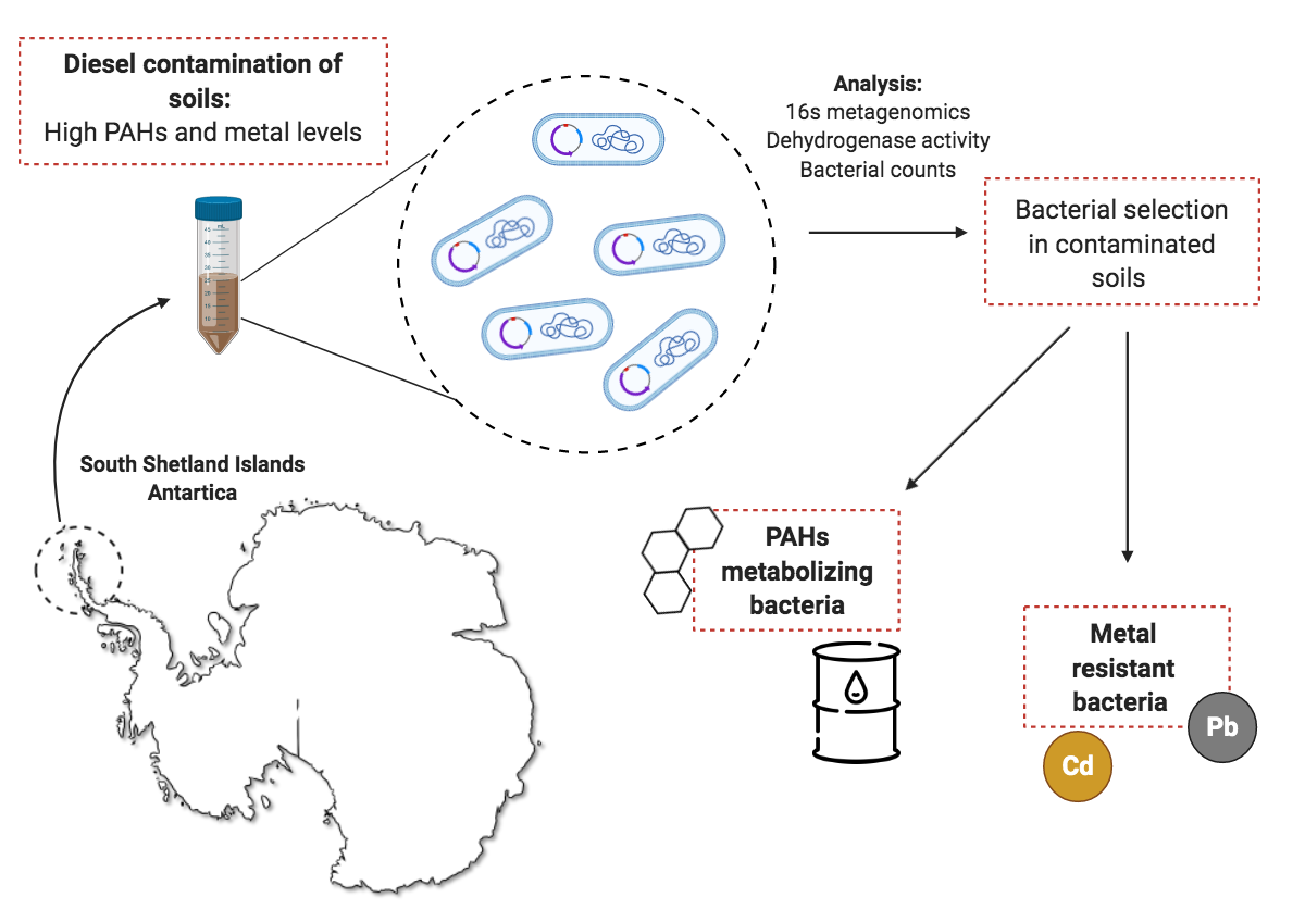- Bergey's Manual Of Determinative Bacteriology Apa Citation Example
- Bergey's Manual Of Determinative Bacteriology Group 17
- Bergey's Manual Of Determinative Bacteriology Apa Citation 6th Edition
Bergey's Manual of Systematic of Archaea and BacteriaFirst Edition
Editor(s):
APA Citation (style guide) Bergey, D. Bergey's manual of determinative bacteriology. Baltimore: Williams & Wilkins. Chicago / Turabian - Author Date Citation (style guide) Bergey, D. 1860-1937 and John G. Bergey's Manual of Determinative Bacteriology. Baltimore: Williams & Wilkins. To do that, you will need to consult Bergey's Manual of Determinative Bacteriology (9th edition). To find your group number, look through the table of contents of the manual, and use the table that starts on page 17. Most unknowns will be in one of these groups: Gram-Negative, Aerobic/Microaerophilic Rods and Cocci - Group 4. H.Holt, John G., eds. Bergey's Manual Of Determinative Bacteriology. Philadelphia: Lippincott Williams & Wilkins, 2000. These citations may not conform precisely to your selected citation. I haven't heard of Bergey's Manual in years! I didn't know they were still printing this. It used to be the 'Holy Grail' of Microbiology, before AOAC (American Association of Official Analytical Chemists) sort of took over with the BAM (Bacterial Analytical Manual).see the FDA who references BAM.if you are curious.
 Professor William B. Whitman
Professor William B. WhitmanBergey's Manual Of Determinative Bacteriology Apa Citation Example
John Wiley & Sons, Inc.Online ISBN: 9781118960608DOI: 10.1002/9781118960608
This manual replaces and expands upon the second edition of Bergey’s Manual of Systematic Bacteriology, a 5-volume set completed in 2012. Please click on the BMSAB link for further details or in information on pricing and how to order.

Bergey's Manual of Systematics of Archaea and Bacteria (BMSAB) is a reference work aimed at undergraduates, graduate students, researchers, professors and experienced professionals at all levels. About a hundred new genera and 600+ new species have been described per year for each of the last 5 years. To remain abreast of this explosion in knowledge of the microbial world, an electronic manual with frequent updates is necessary. The BMSAB is an essential tool for anyone at the forefront of research in microbiology. The digital edition provides up-to-date descriptions of the taxonomy, systematics, ecology, physiology and other biological properties of all named prokaryotic taxa.
Read about: Bergey's Manual of Systematics of Archaea and BacteriaBergey's Manual of Systematic BacteriologySecond Edition
Springer, New York, NYPublished in 5 VolumesThe second edition is being published in 5 volumes - please click on the Volume links below for further details or to purchase the volume.
Bergey's Manual of Determinative BacteriologyNinth Edition
Editor-in-Chief: John G. Holt
Williams & Wilkins, Baltimore, MDPublished in 4 VolumesBergey's Manual of Determinative Bacteriology is a departure from past editions that attempted, usually inadequately, to combine systematic and determinative information. Systematic information will continue to be found in Bergey's Manual of Systematic Bacteriology, with the Determinative manual serving as a reference to aid in the identification of unknown bacteria.
The arrangement of the book is strictly phenotypic, with no attempt to offer a natural higher classification. The arrangement chosen is utilitarian and is intended to aid in the identification of bacteria. The bacteria are divided into 35 groups, which are comparable to the “Parts” in the eighth edition and the “Sections” in the Systematic volumes. These groups are not meant to be formal taxonomic ranks, but are a continuation of our tradition of dividing the bacteria into easily recognized phenotypic groups. We feel this arrangement is most useful for diagnostic purposes.
The book was compiled by abstracting the phenotypic information contained in the four volumes of Bergey's Manual of Systematic Bacteriology. Introductory material concerning identification and a key to the groups were added. The past decade has seen an explosion in the description of new taxa of bacteria. We have attempted to include as many of them as possible, but, in a manual of this type with its varied production schedule, not all of the new taxa could be included. For inclusion in this manual, we had to set a cut-off date of January, 1991, for valid publication. In some cases, we have been able to include more recent taxa and have taken their descriptions directly from the original publications.
Read about: Bergey's Manual of Systematics of Archaea and Bacteria